How to safely wrap cards
SportZoo
First of all, it is necessary to clarify what can happen if we wrap the cards incorrectly. The answer is simple. Transported cards can be damaged or completely lost. Whether it is bad handling of the package by the shipping company or other undesirable effects such as getting the package wet due to rain or snow.
The result is most often the bending of the cards and damage to their corners or edges. Cards damaged in this way lose their value.
The most common mistake is that to "save" on packaging and postage, we wrap the cards in paper and then in an ordinary paper envelope. Although it is the cheapest option, the cards will almost certainly be damaged.
That's why heat-loaders or plastic boxes are practically a necessity when packing cards.
Packing a lower number of cards
If we are packing a smaller number of cards, do not forget to put each card in a sleeve, i.e. a thin bag made in the standard dimensions of a card.
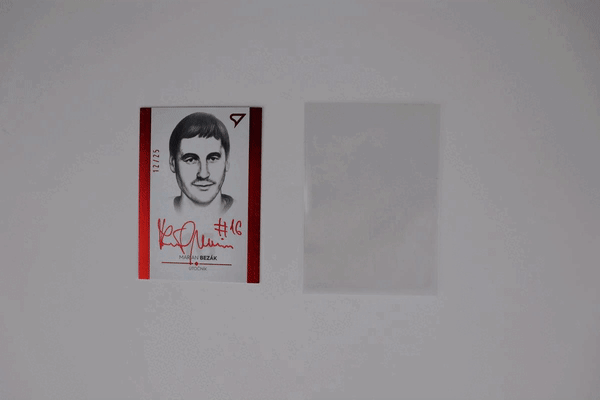
Subsequently, depending on the type of cards, we select the right type of Toploader. With a lower number of cards, we can insert the cards into a thicker toploader. However, we definitely have to choose the right size, if the toploader is too thick and the cards 'fly' in it, there is a risk of damaging them again.
For more expensive or thicker cards, we should pack each card in a separate toploader.
The toploader must be sealed with a paper tape that, after its removal, does not leave glue on the plastic from which the toploader is made.
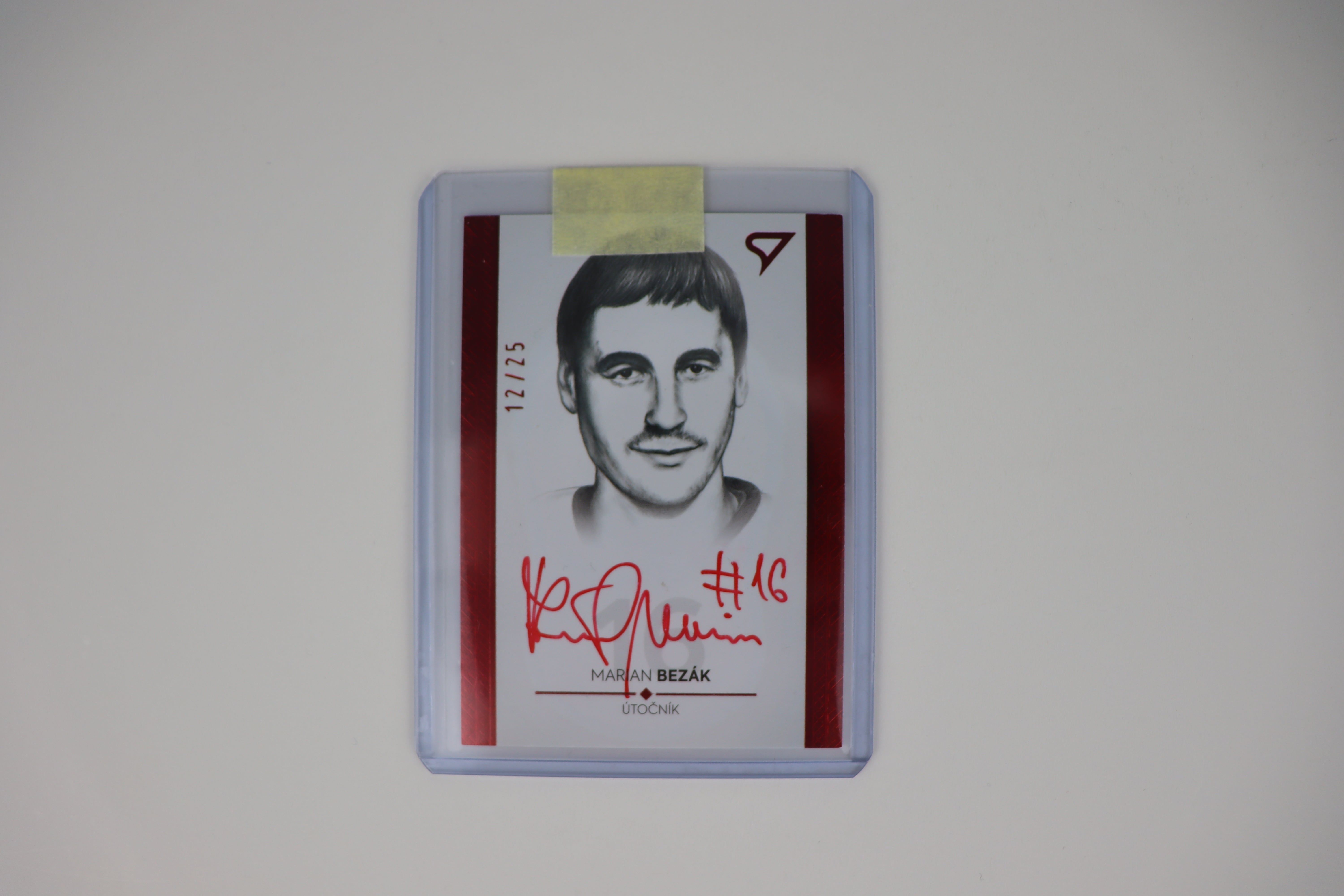
The taped Toploader then goes into the team bag. Its advantage is that it can often fit several Toploaders. Then we glue the individual team bags with paper tape and thus create one compact unit.
When choosing an envelope, we always choose a bubble envelope. The bubble plastic film has a double effect - it protects the cards from pressure and damage and at the same time creates better protection against deterioration of the envelope itself.
What if we don't have a Toploader? As a substitute, we can use hard, cardboard boards. Usually, the cartons have a slightly larger dimension than the cards themselves, so that the cards are sufficiently protected from all sides.
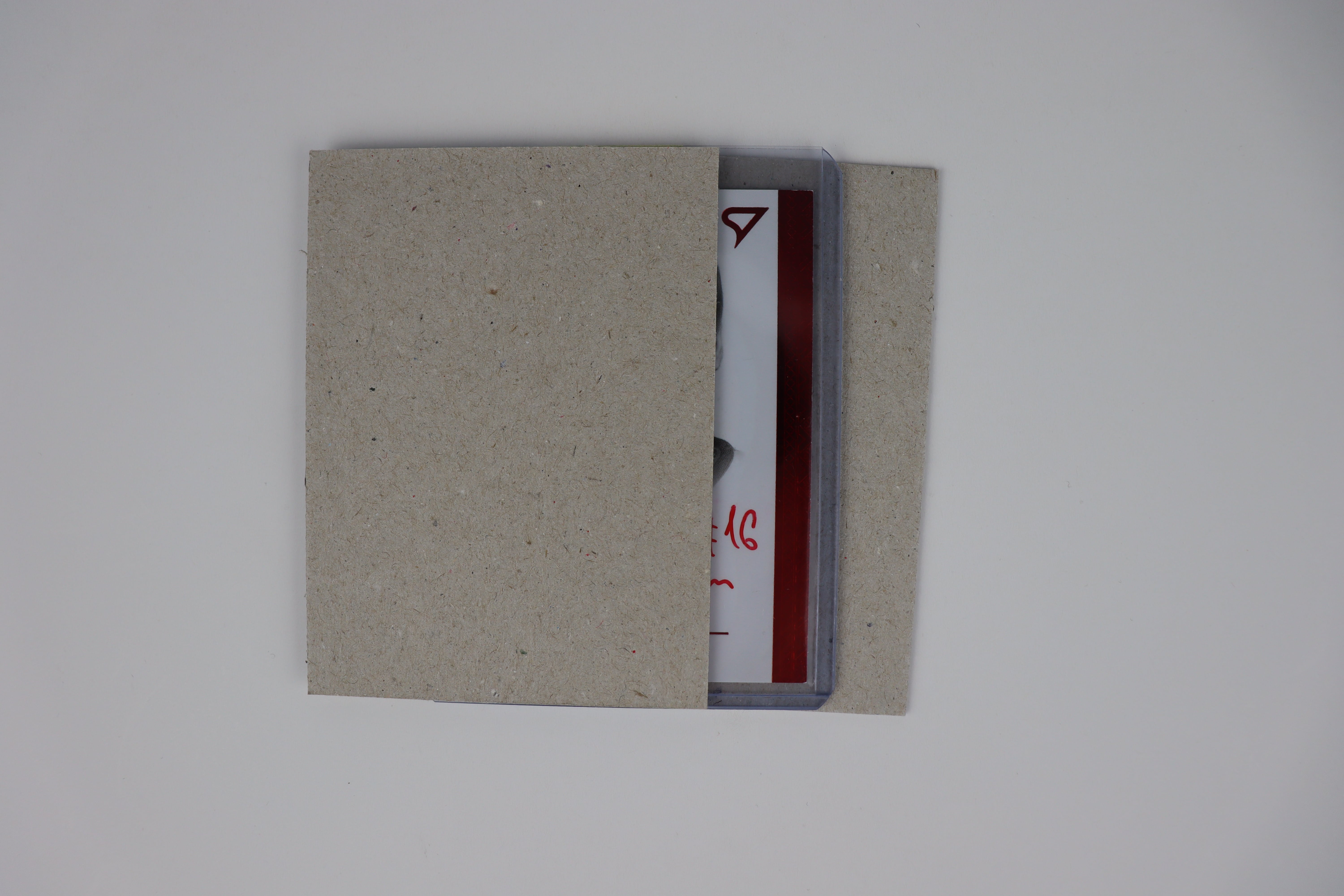
With this type of packaging, it is absolutely necessary to wrap the cards in sleeves, then they are inserted between cardboard boxes that are well and securely sealed. After gluing the cartons, we continue packing in the same way as in the case of toploaders.
Packing more cards
With a higher number of cards, we reach for plastic boxes that are made directly for cards and have different volumes (from boxes for 35 cards to 150).
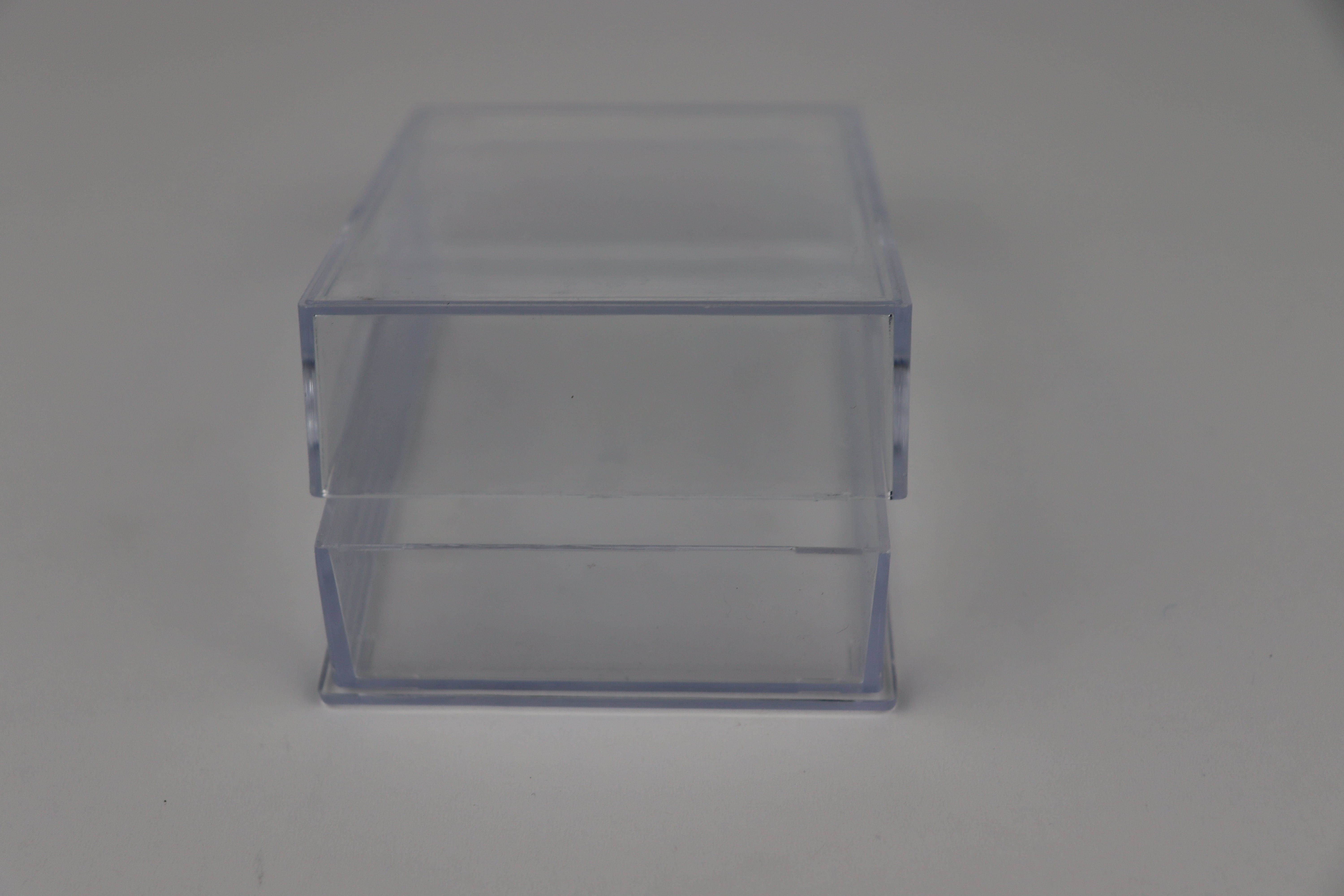
We pack cards in these boxes without any packaging. If the box is intended for a larger number of cards, it is necessary to reinforce the box so that the cards are fixed and do not move. You can use cardboard or newspapers for this.
Each box needs to be sealed with (ideally paper) tape. If we are sending only 1 or 2 boxes, we recommend gluing them together and then putting them in a large bubble envelope.
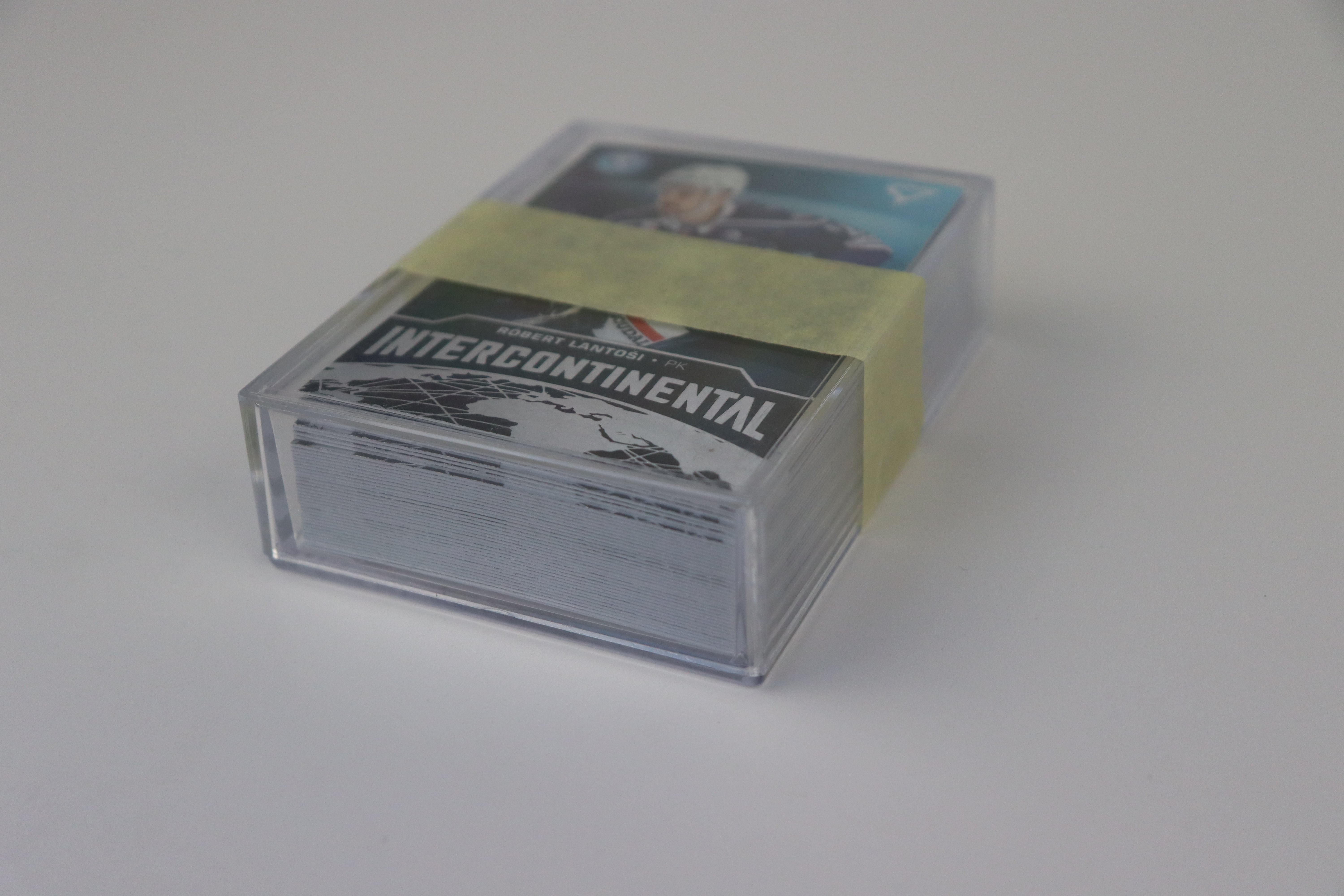
If there are more boxes, you can use any box for shipping. Again, however, pay careful attention to the reinforcement so that the contents in the package do not move in any way and do not 'float' in it. As reinforcement, we recommend using bubble wrap, plastic film.
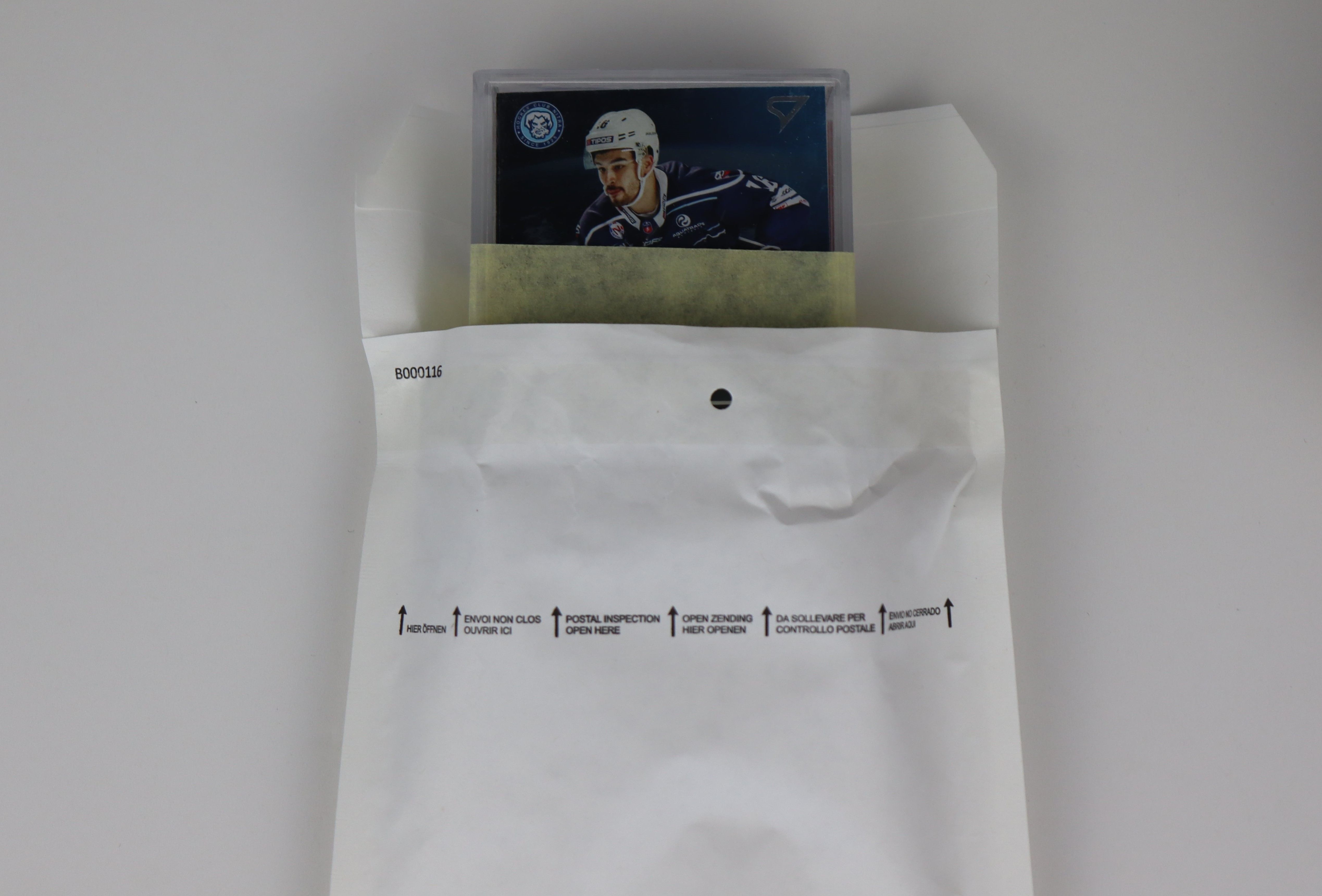
Communicate with the buyer/seller
When selling, exchanging or buying cards, do not forget to remove the packaging properly. It does not hurt to make sure in what way and in what form the cards will be sent.
If we are not sure that the collector will send us properly packaged cards, we can also refer him to this article :)
If you sell cards, give the buyer the opportunity to choose the method of packaging, the shipping company or even the insurance of the shipment. It is customary (unless otherwise agreed) that the buyer always pays for the increased requirements for packaging/insurance of the shipment.
It's all about communication, which should not be neglected.
After all, there is nothing worse if the card we are looking forward to arrives damaged.
We wish you a pleasant time packing and unpacking the cards, may the cards always reach you in one hundred percent condition :)
Packing cards step by step:
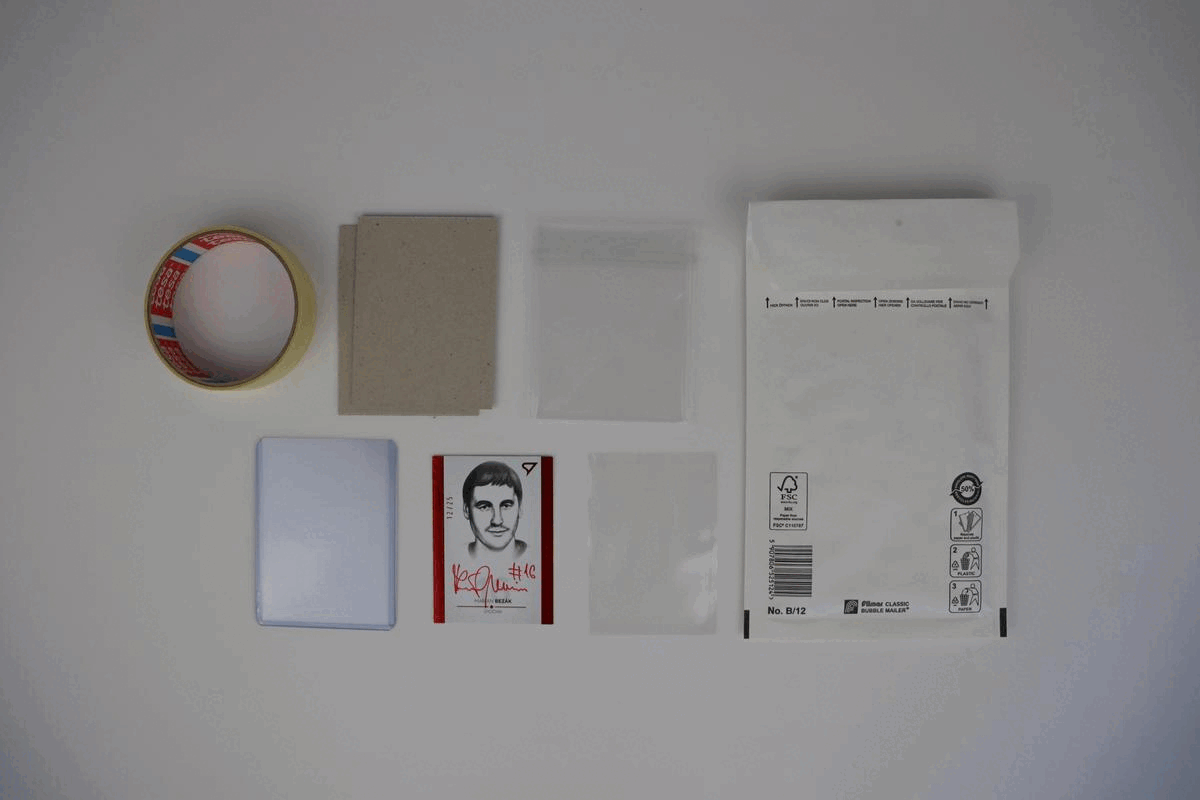
1) For packaging we will need: adhesive tape, cardboard, sleeve packaging, Toploader, bubble wrap
2) insert the card into the sleeve cover and then into the Toploader, which is covered with paper tape from above.
At the same time, we recommend packing the Toploader in a package called a "team bag".
3) we reinforce the Toploader in the team bag with cardboard, which we glue again with paper tape
4) the card goes into a bubble envelope
SportZoo
More blogs
How to Start Collecting
Do you remember that feeling when you were excitedly unwrapping the packages as a child? Whether it was Christmas presents, birthday presents, surprises from loved ones or first collectible items, it was always accompanied by excitemnet and anticipation. Collecting isn't just about a card with a player's imprint on it. It’s about passion, emotion, and that unique thrill of opening a pack — that moment when you hope this is the one, the long-awaited piece you’ve been dreaming of.
Types of trading cards
Collecting has undergone a great change since the first "boom" in the 1990s. The collecting segment is growing at a rocket pace and nowadays collectors can come across all kinds of cards. In this review, we will focus on the basic breakdown of sports trading card types.
How to protect cards from damage
How to take care of cards so that they do not lose their (collectible) value? In the article, we present the most common and effective ways to protect cards from damage by storing them correctly.


















